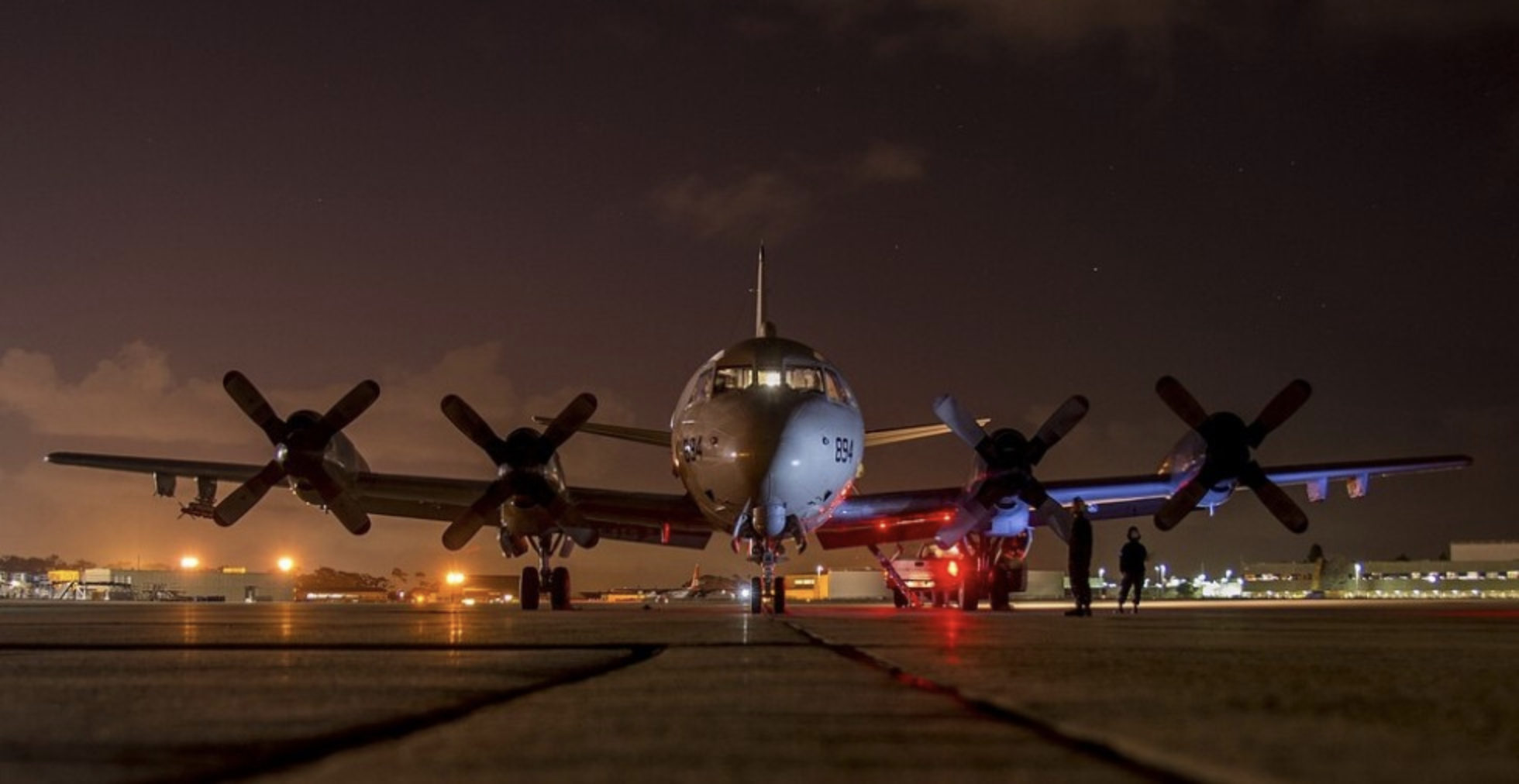Visual Approach Slope Indicator, or VASI lights, offer a quick visual indication to pilots on final approach as to whether or not they are on the correct glideslope.
Runway VASI lights have a 2-bar or 3-bar configuration, with an array of red and white lights. Based on the visibility of the lights, pilots can immediately tell if they are too high, too low, or just right on the approach slope.

What Is a VASI Light?
VASI stands for Visual Approach Slope Indicator, which perfectly describes the purpose of VASI lights.
On final descent into an airfield, the pilot can see the VASI lights alongside the runway, and should see a mixture of red and white lights.
If all the lights appear red, the aircraft is below the ideal glide path. If all the lights appear white, the aircraft is above the ideal glide path.
What Are 2 & 3 Bar VASI Lights?
VASI lights have two common configurations:
2-bar VASI Lights
2-bar VASI lights show two rows of two lights, in a roughly square layout. This can show three conditions:
- All four lights red: Aircraft below ideal approach slope
- Top two lights red, bottom two lights white: Aircraft is on ideal glide path
- All four lights white: Aircraft above ideal approach slope
The pilot can simply adjust altitude to keep the two bars in different colours, for an acceptable landing path.
3-bar VASI Lights
3-bar VASI lights add a third row of two lights, creating an array two lights wide, and three lights tall:
- All lights red: Aircraft is below glide path
- Bottom row white: Aircraft is on lower glide path
- Bottom two rows white: Aircraft is on upper glide path
- All lights white: Aircraft is above glide path
This is useful on larger airfields, as the upper glide path is more suitable for large aircraft, whereas the lower glide path is acceptable for smaller planes.
What Is the Difference between PAPI and VASI Lights?
Precision Approach Path Indicator, or PAPI lights, are a single bar of four lights that appear red or white at different viewing angles.
This can provide immediate feedback to the pilot on a total of five conditions:
- All lights red: Aircraft is below glide path
- One light white: Aircraft is slightly below glide path
- Two lights white: Aircraft is on glide path
- Three lights white: Aircraft is slightly above glide path
- All lights white: Aircraft is above glide path
While PAPI/VASI lights all provide an instant reference to pilots, PAPI lights offer the most granular information, with a total of five states relayed by just four lights. For a more visual representation of how PAPI lights work, see our popular PAPI lighting infographic.
Should Existing VASI Lights Be Replaced?
Existing VASI lights have now largely been phased out, with PAPI lights becoming the standard across the aviation sector.
A simplified, two-light PAPI system can be used on smaller airfields, to relay whether the plane is above, below, or on the glide slope.
The smaller number of lamps used in PAPI lights can save on maintenance and running costs – and in general, VASI lights should be replaced over time, or more immediately as a matter of preference.
This article was originally published by ATG Airports.












